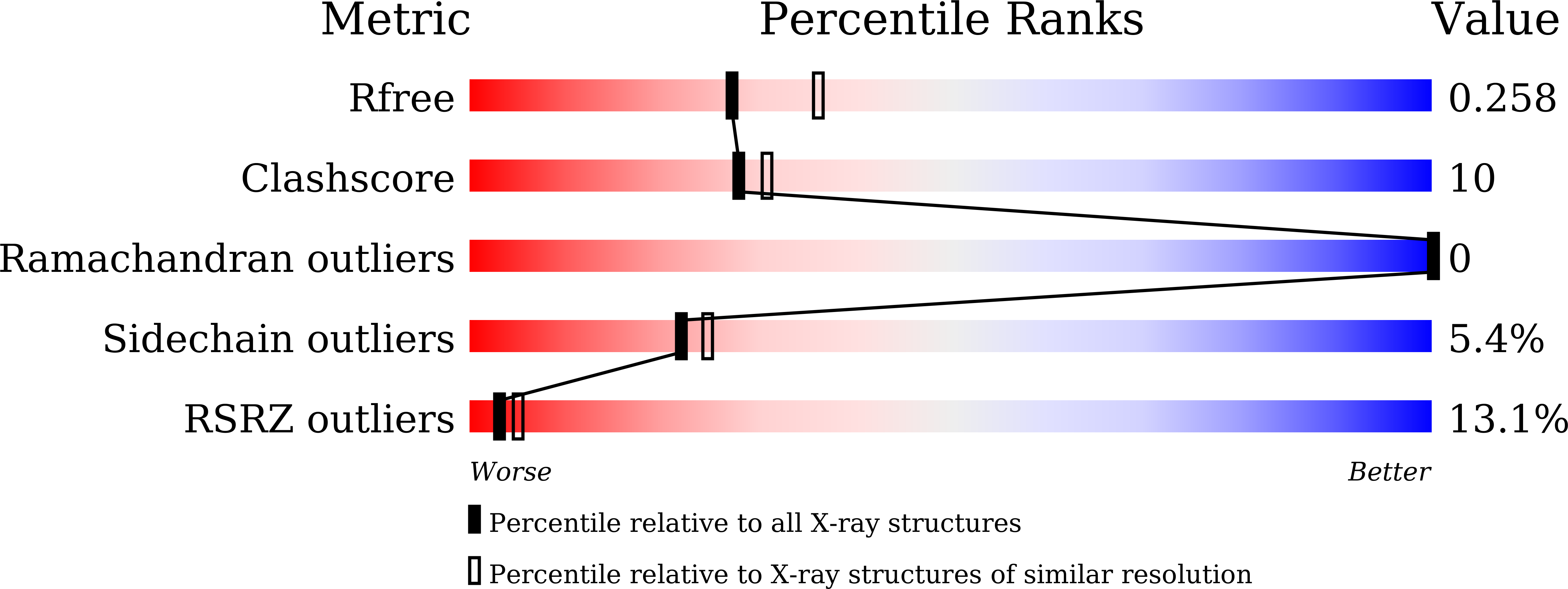
Deposition Date
2021-06-11
Release Date
2021-11-10
Last Version Date
2023-11-29
Entry Detail
PDB ID:
7F2N
Keywords:
Title:
Crystal structure of SSB from Klebsiella pneumonia.
Biological Source:
Source Organism:
Host Organism:
Method Details:
Experimental Method:
Resolution:
2.35 Å
R-Value Free:
0.25
R-Value Work:
0.21
Space Group:
C 1 2 1


